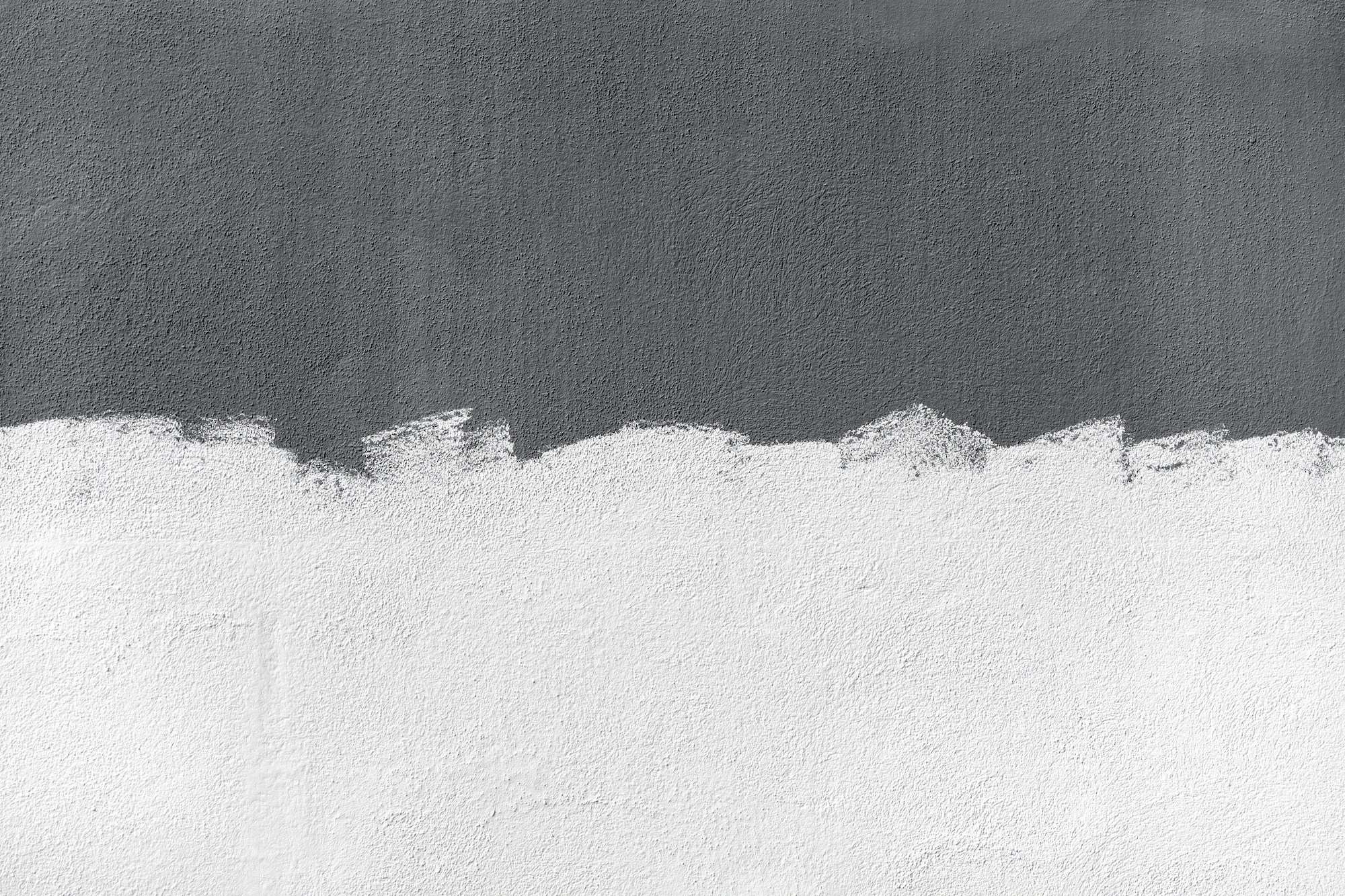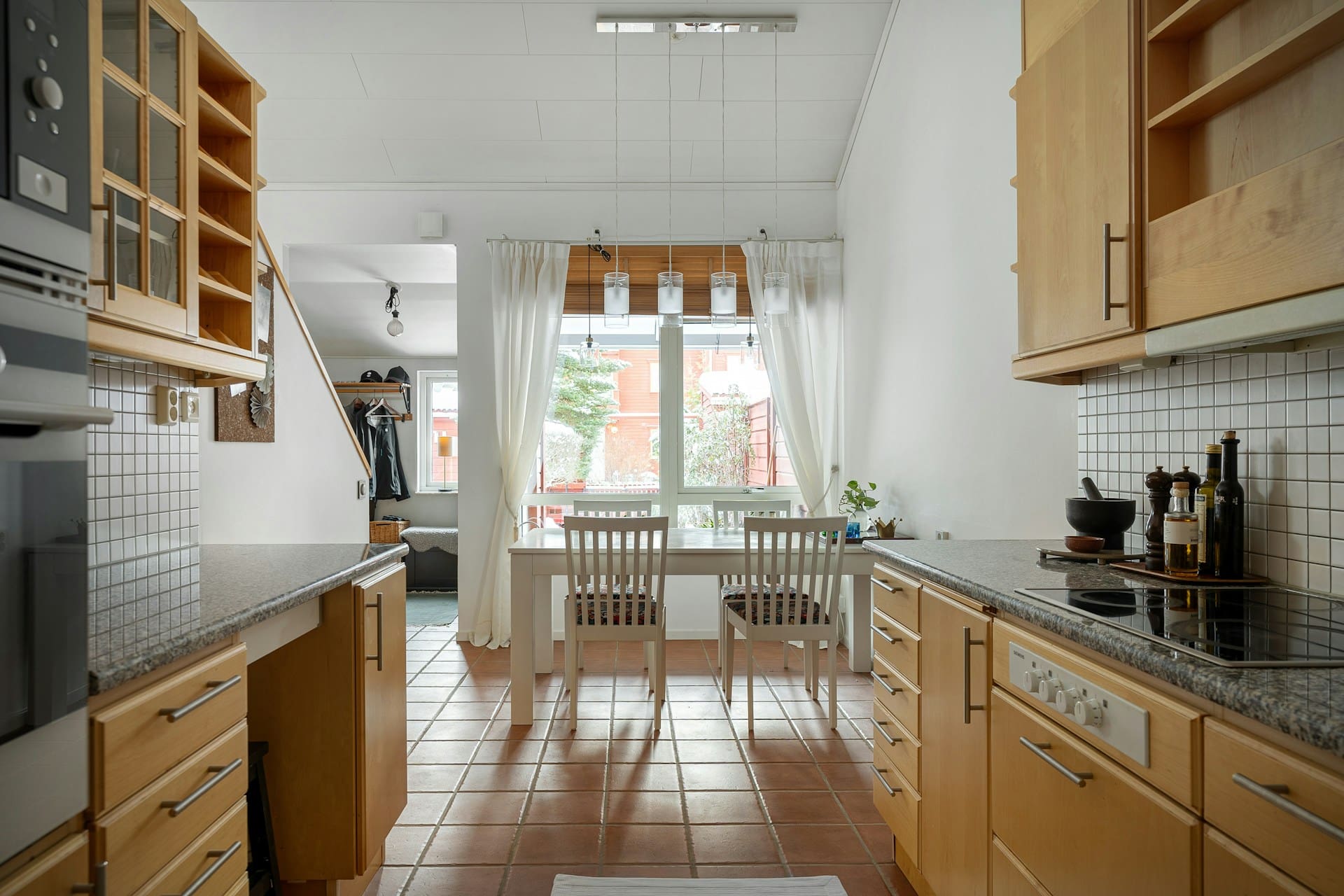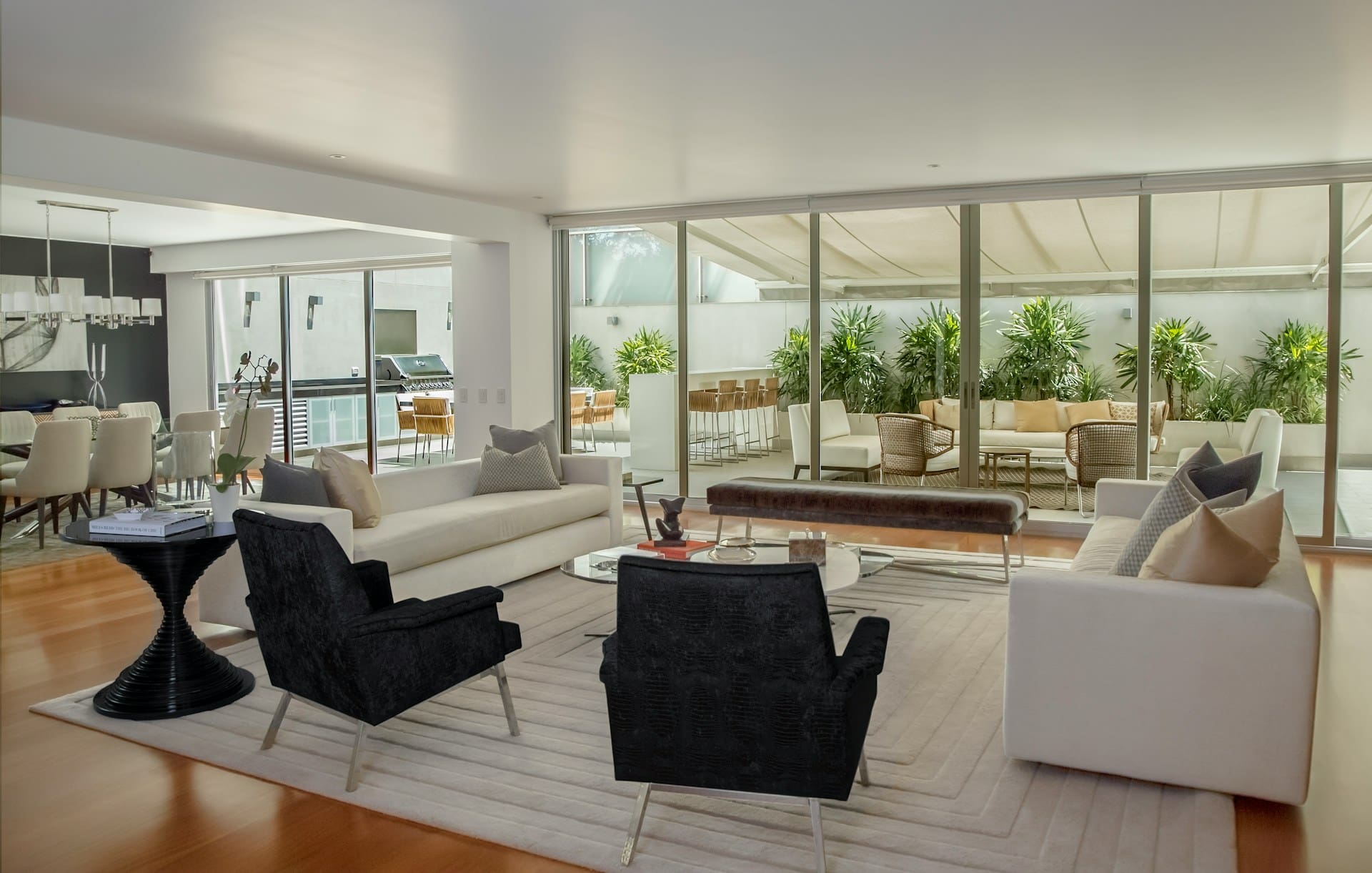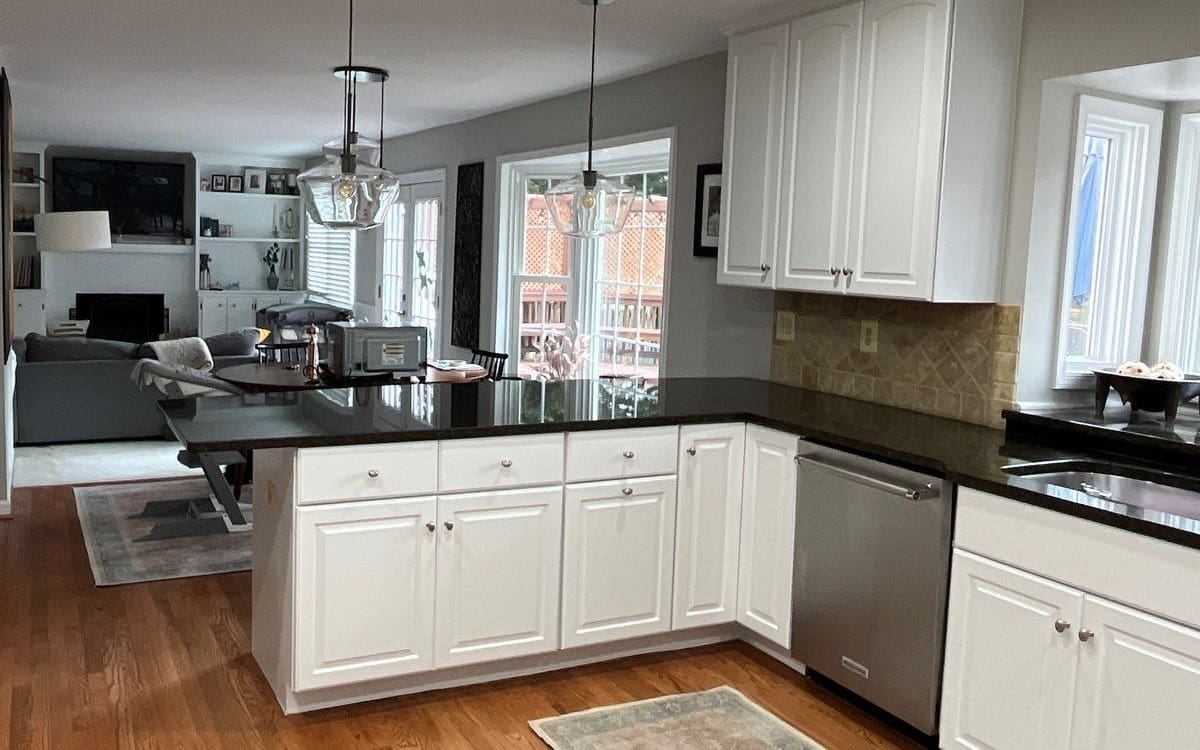
Hiding Wall Imperfections with Paint
No matter how hard we strive for perfection, life is full of blemishes – and that’s okay. Imperfections aren’t inherently bad. However, we want our homes and businesses to look as beautiful and welcoming as possible. This is why regular maintenance is so crucial. Some flaws, however, are harder to amend. Drywall, for instance, can easily get damaged over time. These dents and dings may be too minor to require a patch or repair job, but noticeable enough to require interior painting. In these instances, the right paint can come in handy. Here’s how to hide wall imperfections with the right paint.
Proper Preparation
Before you worry about which type of paint to use, you’ll want to set yourself up for home painting success with the right prep work. Doing so will help ensure that those wall imperfections stay hidden. Start by sanding the areas you’ll be painting over and then clean them with a cloth or sponge. You want to access the bare surface so the new paint adheres properly. Make sure to coat the wall with primer before painting as well.
Levels of Sheen
When choosing the right paint for this job, it helps to know how different finishes reflect or absorb light at varying degrees. The more reflective or glossy the paint sheen, the more noticeable those imperfections will be. Conversely, flat or matte finishes absorb light, helping to hide bumps and bruises. So, paint with a flat finish is the most effective paint for hiding wall imperfections.
Color Considerations
Color plays a part in revealing or concealing flaws as well. We all know that lighter colors emphasize imperfections while darker colors hide them. This also has to do with light and reflection. Lighter colors reflect more light while darker shades absorb it. Of course, plenty of homeowners prefer lighter shades for their interior spaces, as they make spaces look bigger and brighter. So, there may be some tension involved in making this decision. Ask yourself if you would rather hide those wall imperfections or brighten up your home. If both things matter to you, you may have to compromise and choose colors somewhere in the middle of the spectrum.
Texture Tricks
Wall flaws may clearly stand out behind a smooth paint job. Incorporating some texture, then, can masterfully mask these imperfections. Adding texture to your paint job requires some skill and experience, so if you’re not confident, you may want to hire interior house painters to help. They may come up with different texturing techniques such as using additives like silica sand or using a roll-on texture.
Quality Counts
Of course, none of the above matters if you’re not using a high-quality paint. Cheap paint won’t give you the coverage, density, or durability you want to keep your surfaces well-concealed. If you’re hiring professional painters, ask them which brand and type of paint they use on interior walls. Sherwin-Williams, BEHR, and Benjamin Moore all have several high-quality options great for hiding imperfections.
Necessary Number of Coats
Finally, you may need an extra coat or two of paint to fully cover any flaws. Most residential painting jobs will require two coats for the best results, but a third may be necessary, especially if you’re painting over a pre-existing darker color with a lighter shade. This all depends on a number of factors. Make sure you know how many coats you’ll need so you can purchase enough paint or factor this into your budget when hiring painting services.
There are plenty of ways to hide wall imperfections with paint. The key is to use the best paint for your circumstances. Everything from sheen, color, texture, and quality must be kept in mind. And if you need help sorting all this out, get some advice from the professionals at All American Painting Plus. To learn more about all that we do, give us a call at (703)-620-5563!




